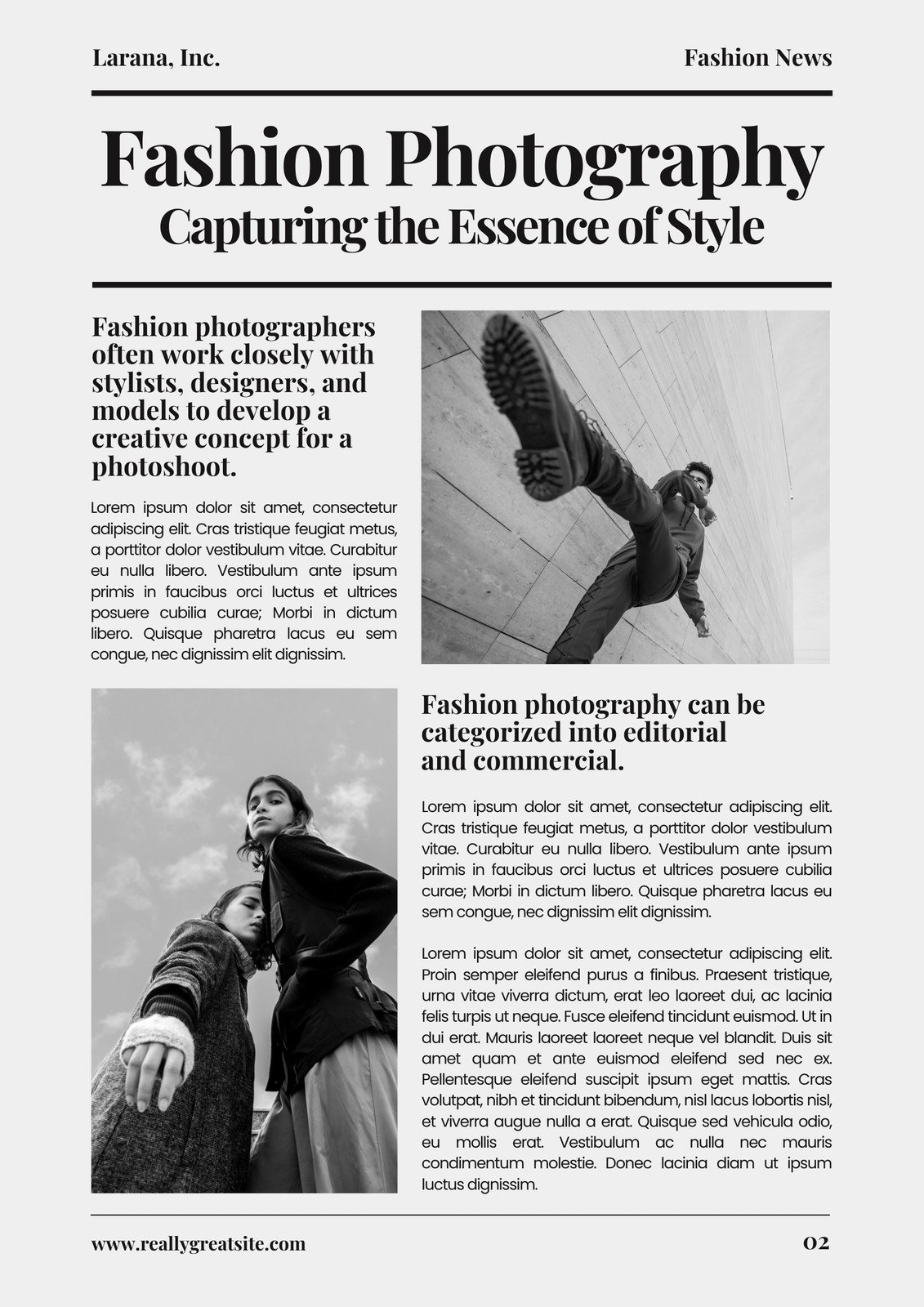The smart Trick of News Articles That Nobody is Talking About
Table of ContentsThe Facts About News Articles UncoveredThe smart Trick of News Articles That Nobody is Talking AboutThe 5-Minute Rule for News ArticlesExcitement About News Articles10 Simple Techniques For News Articles
Good knowledge of various topics provides trainees an one-upmanship over their peers. Although electronic and social networks are readily easily accessible, we need to not neglect exactly how important it is to review the newspapers. Moms and dads have to try and inculcate the habit of reviewing a paper as a day-to-day regimen to continue the tradition of the revered print medium.News stories also contain a minimum of one of the following essential attributes about the intended target market: closeness, prominence, timeliness, human passion, strangeness, or repercussion. The related term journalese is in some cases made use of, generally pejoratively, to describe news-style writing. Another is headlinese. Newspapers generally stick to an expository writing style.
Within these limitations, news stories also aim to be extensive. Amongst the bigger and extra highly regarded newspapers, fairness and equilibrium is a significant aspect in presenting info.
Newspapers with a global audience, for instance, often tend to utilize an extra formal style of writing. News Articles.; common style guides consist of the and the United States Information Style Publication.
3 Simple Techniques For News Articles
As a guideline, reporters will certainly not use a long word when a brief one will certainly do. They use subject-verb-object construction and brilliant, energetic prose (see Grammar). They supply anecdotes, examples and metaphors, and they seldom rely on generalizations or abstract concepts. Information authors try to avoid using the same word a lot more than as soon as in a paragraph (in some cases called an "resemble" or "word mirror").
Headings occasionally leave out the subject (e.g., "Jumps From Watercraft, Catches in Wheel") or verb (e.g., "Cat woman lucky"). A subhead (likewise subhed, sub-headline, subheading, subtitle, deck or dek) can be either a secondary title under the primary headline, or the heading of a subsection of the write-up. It is a heading that comes before the major text, or a group of paragraphs of the main message.

of a write-up topic, informant, or interviewee), it is described as a drawn quote or pull quote. Extra billboards of any one of these types might appear later in the short article (especially on subsequent web pages) to lure additional analysis. Journalistic websites often make use of animation methods to swap one billboard for one more (e.g.
The Ultimate Guide To News Articles
Such signboards are likewise made use of as reminders to the article in various other sections of the magazine or site, or as ads for the piece in various other publication or websites. Press release of the Swiss federal government. Common structure with title, lead paragraph (recap in bold), various company website other paragraphs (details) and get in touch with details.

Example of a hard-lead paragraph NASA is proposing another room job. The budget plan requests roughly $10 billion for the project.
An "off-lead" is the 2nd most crucial front page information of the day. To "bury the lead" is to begin the article with history info or details of secondary significance to the readers, forcing them to review more deeply right into an article than they must have to in order to discover the crucial factors.
The Best Strategy To Use For News Articles
Typical use is that a person or 2 sentences each develop their own paragraph. Journalists normally define the organization or structure of a newspaper article as an upside down pyramid. The vital and most intriguing components of a story are put at the beginning, with sustaining details following in order of reducing relevance.
It allows people to check out a subject to only the depth that their curiosity takes them, and without the charge of information or nuances that they can think about irrelevant, however still making that information available to extra interested viewers. The inverted pyramid structure likewise allows articles to be cut to any type of arbitrary size throughout design, to suit the space offered.
Some writers start their tales with the "1-2-3 lead", yet there are several kinds of lead readily available. A twist can refer to numerous points: The last tale in the news broadcast; a "pleased" story to finish the show.
Longer articles, such as magazine cover write-ups and the items that lead the within areas of a paper, are recognized as. Attribute tales vary from straight information in a number of methods.
The Ultimate Guide To News Articles
The reporter frequently information communications with interview subjects, making the item much check that more personal. A function's first paragraphs typically associate an appealing moment or occasion, as in an have a peek at this website "anecdotal lead". From the particulars of a person or episode, its sight promptly broadens to abstract principles concerning the story's subject. The area that signifies what a feature is about is called the or signboard.

The Editor's Tool kit: A Recommendation Guide for Beginners and Professionals (2001) Allan M. Siegal and William G. Connolly. The New York City Times Handbook of Style and Use: The Official Style Overview Utilized by the Writers and Editors of the World's Most Reliable Paper (2002) M. L. Stein, Susan Paterno, and R.
Comments on “An Unbiased View of News Articles”